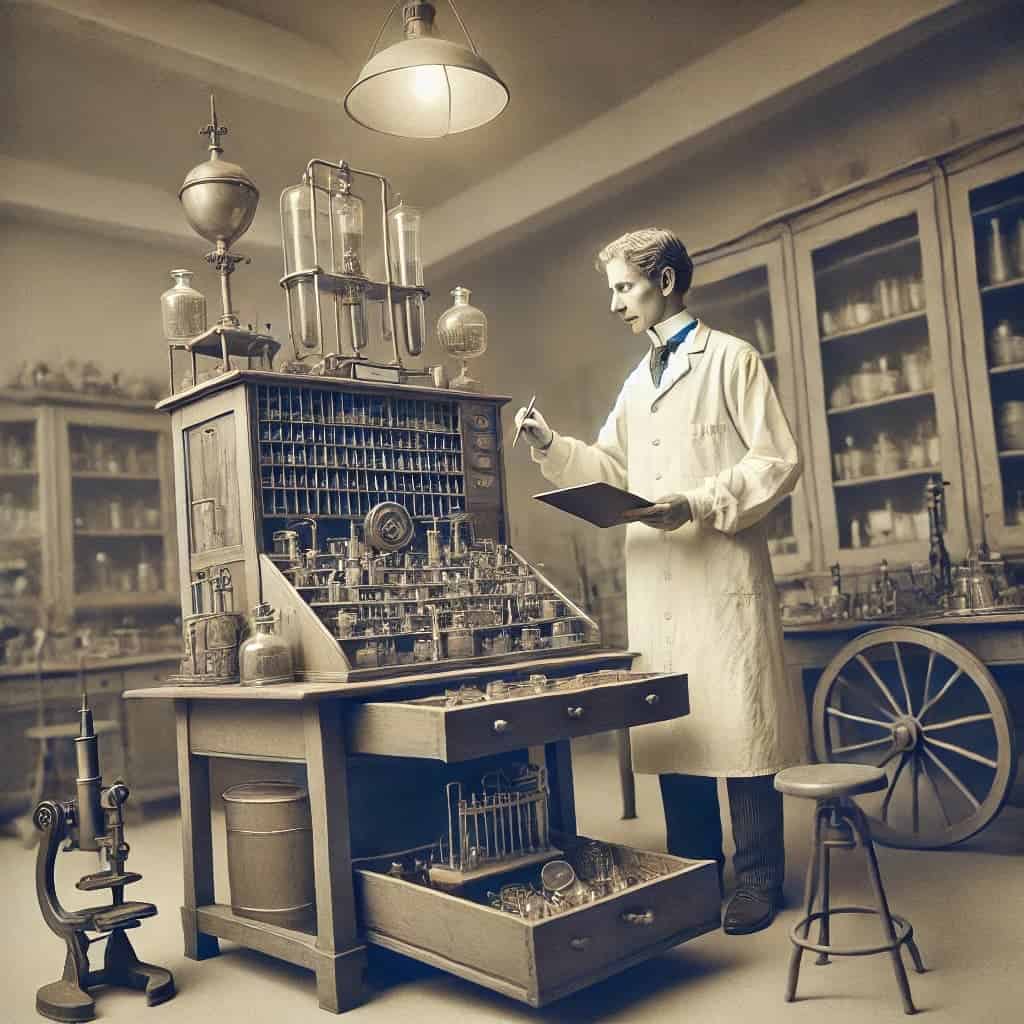Some of the most significant medical breakthroughs were not the result of deliberate research but rather unexpected accidents. Throughout history, chance discoveries have led to transformative changes in healthcare, shaping the way diseases are treated and prevented. From antibiotics to imaging technologies, these accidental innovations have had a lasting impact on medicine. Understanding their origins provides insight into the unpredictable nature of scientific discovery and the importance of adaptability in medical research.
Penicillin – The First Antibiotic
One of the most well-known accidental medical discoveries is penicillin. In 1928, Alexander Fleming left a petri dish of Staphylococcus bacteria exposed in his lab. Upon returning, he noticed that a mold, later identified as Penicillium notatum, had killed the surrounding bacteria. This chance observation led to the development of the world’s first widely used antibiotic, revolutionizing medicine and saving countless lives by treating bacterial infections effectively.
Despite its discovery in 1928, it took more than a decade for researchers, including Howard Florey and Ernst Chain, to refine and mass-produce penicillin. By World War II, penicillin was being used extensively, reducing mortality rates from infected wounds and paving the way for the modern antibiotic era.
X-rays – Revolutionizing Medical Imaging
In 1895, Wilhelm Roentgen was experimenting with cathode rays when he accidentally discovered X-rays. He noticed that an unknown type of radiation could pass through objects and create images of bones on photographic plates. This accidental discovery introduced a non-invasive way to examine the human body, greatly advancing diagnostic medicine.
X-ray technology rapidly became a standard tool in hospitals and clinics worldwide. Over time, additional imaging techniques such as CT scans and MRIs evolved from this foundational discovery, improving the ability to diagnose and treat diseases with precision.
Insulin – A Lifesaving Diabetes Treatment
The discovery of insulin as a treatment for diabetes was, in part, an unexpected breakthrough. In the early 1920s, Frederick Banting and Charles Best were conducting experiments on the pancreas of dogs to study its role in blood sugar regulation. They isolated a substance that dramatically lowered blood sugar levels in diabetic animals. This finding led to the extraction and use of insulin as a treatment for diabetes, a condition that had previously been fatal.
The development of insulin therapy transformed diabetes management, allowing millions of people to live longer and healthier lives. Today, insulin remains a critical medication, with ongoing advancements improving its effectiveness and accessibility.
Anesthesia – Changing Surgery Forever
Before the discovery of anesthesia, surgical procedures were excruciatingly painful, often performed quickly and under distressing conditions. In the 19th century, nitrous oxide, ether, and chloroform were initially used for recreational or industrial purposes before their anesthetic properties were recognized.
The use of ether for anesthesia was first demonstrated in 1846 by William Morton, marking a turning point in surgical history. Chloroform followed soon after, becoming a widely used anesthetic. These discoveries allowed for longer, more complex surgeries with significantly less pain for patients, fundamentally changing the field of medicine.
The Pacemaker – A Serendipitous Invention

The development of the pacemaker, a life-saving device for individuals with irregular heartbeats, was also an accidental breakthrough. In the 1950s, engineer Wilson Greatbatch was working on a heart rhythm recording device when he mistakenly inserted the wrong resistor into the circuit. The device emitted electrical pulses, mimicking the rhythm of a heartbeat.
Realizing the potential of this accidental discovery, Greatbatch refined the technology, leading to the development of the first implantable pacemaker. Today, pacemakers help millions of people regulate their heartbeats, preventing life-threatening arrhythmias and improving quality of life.
Conclusion
Accidental discoveries have played a crucial role in shaping modern medicine. While scientific research relies on careful experimentation and hypothesis testing, some of the most groundbreaking medical innovations have emerged from unexpected findings. These serendipitous discoveries highlight the importance of curiosity, adaptability, and open-mindedness in medical progress.
Many of these accidental innovations have not only revolutionized individual treatments but have also paved the way for broader advancements in healthcare. For instance, antibiotics reshaped the fight against infections, and medical imaging transformed diagnostics across multiple disciplines. Without these fortunate discoveries, medicine as we know it today would be vastly different.
As technology and research continue to evolve, future breakthroughs may arise in similarly unexpected ways, further transforming healthcare and saving lives. Recognizing the value of scientific curiosity and being open to unforeseen possibilities ensures that the medical field continues to advance. By learning from past discoveries, researchers can remain vigilant, embracing chance findings that may lead to the next life-changing innovation.


